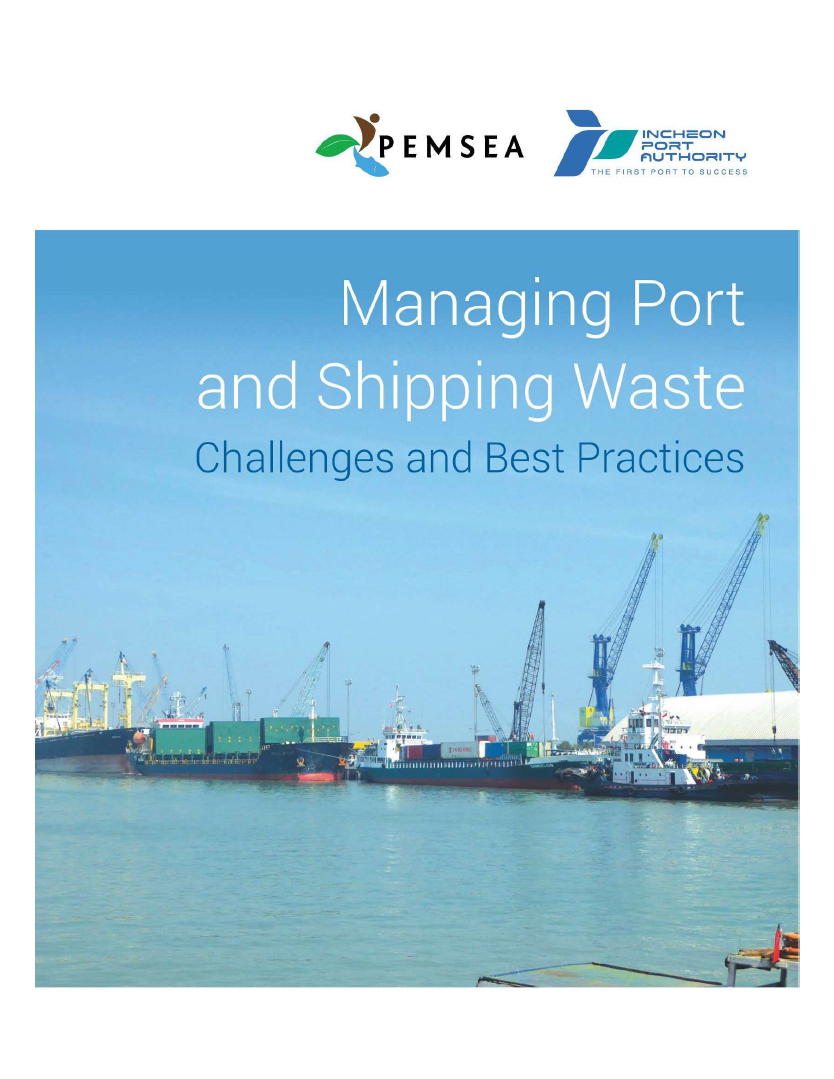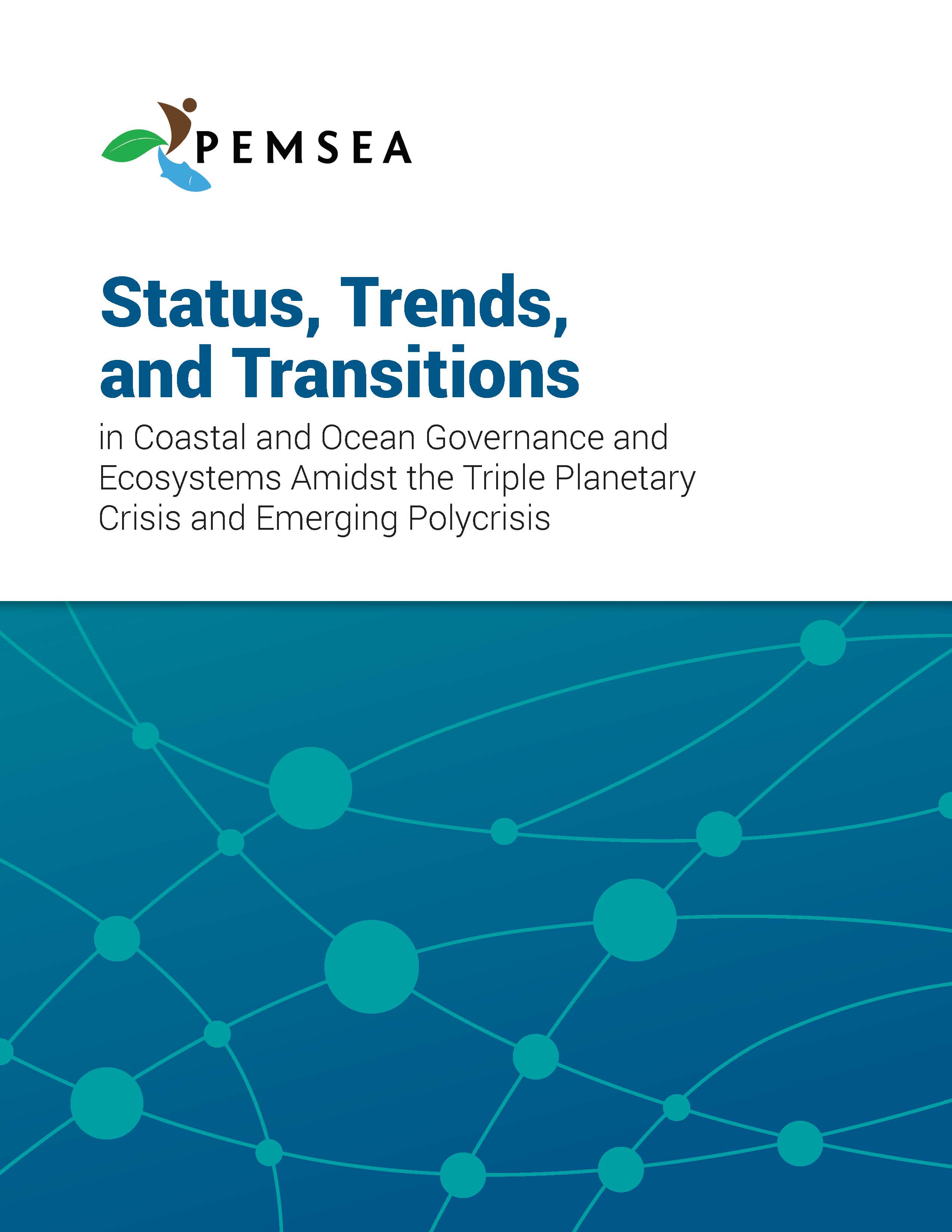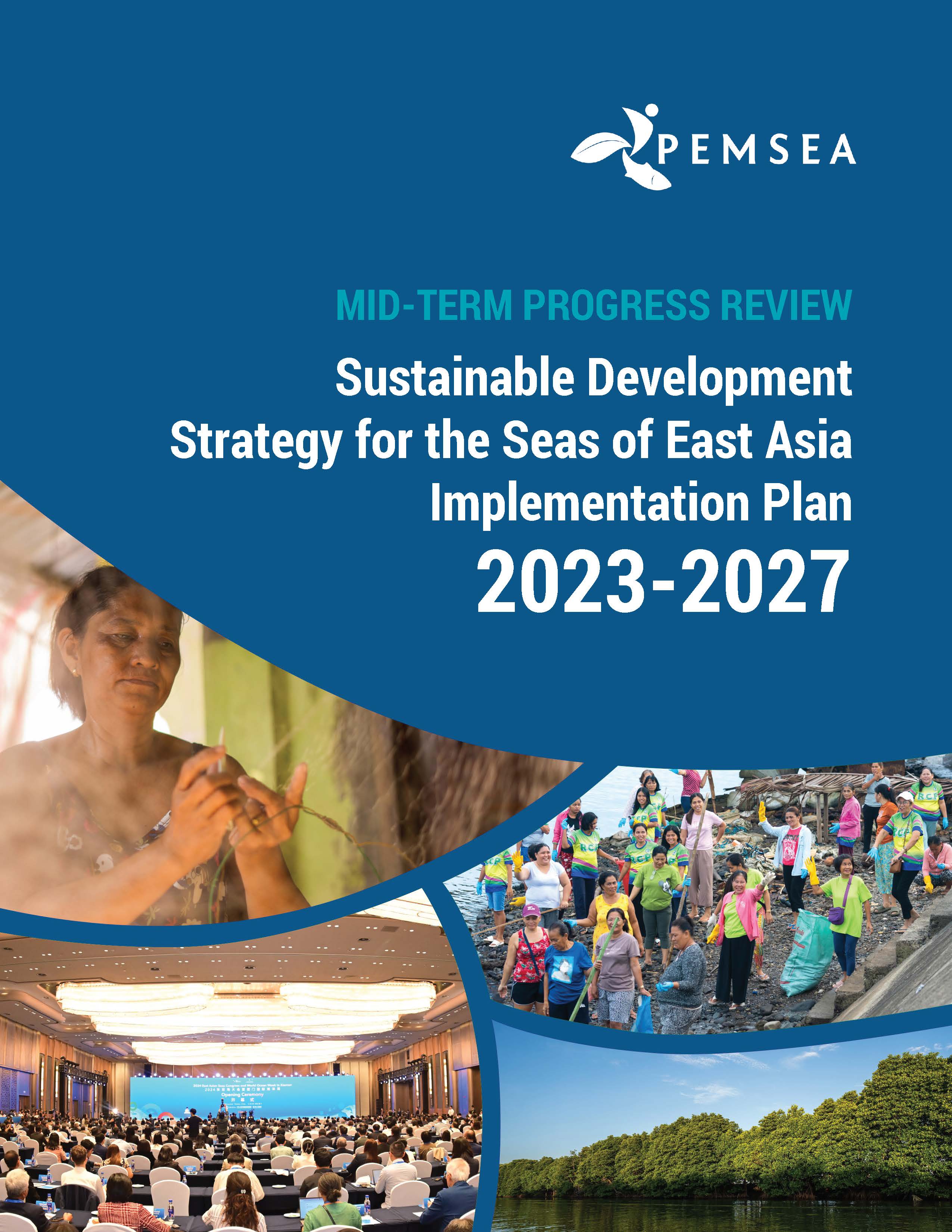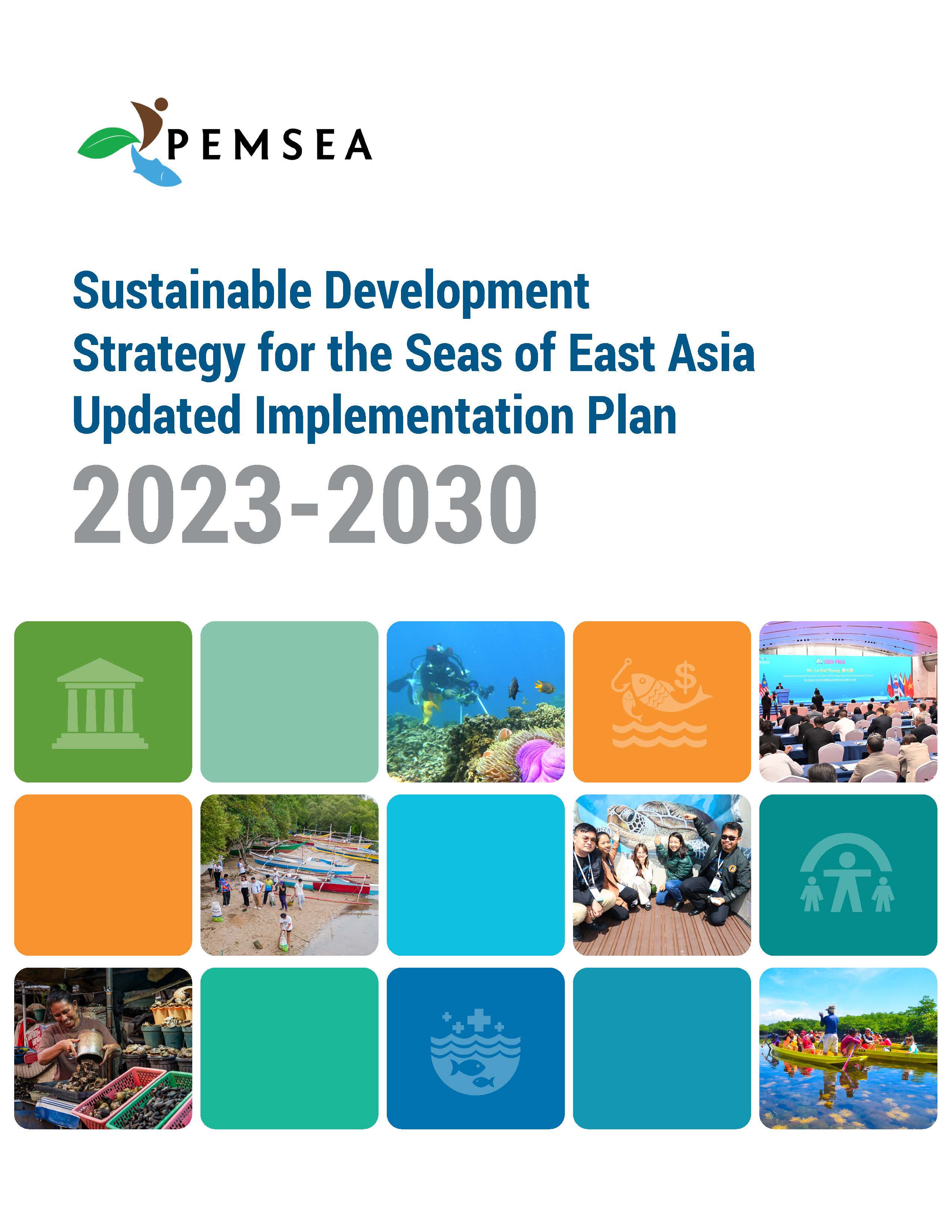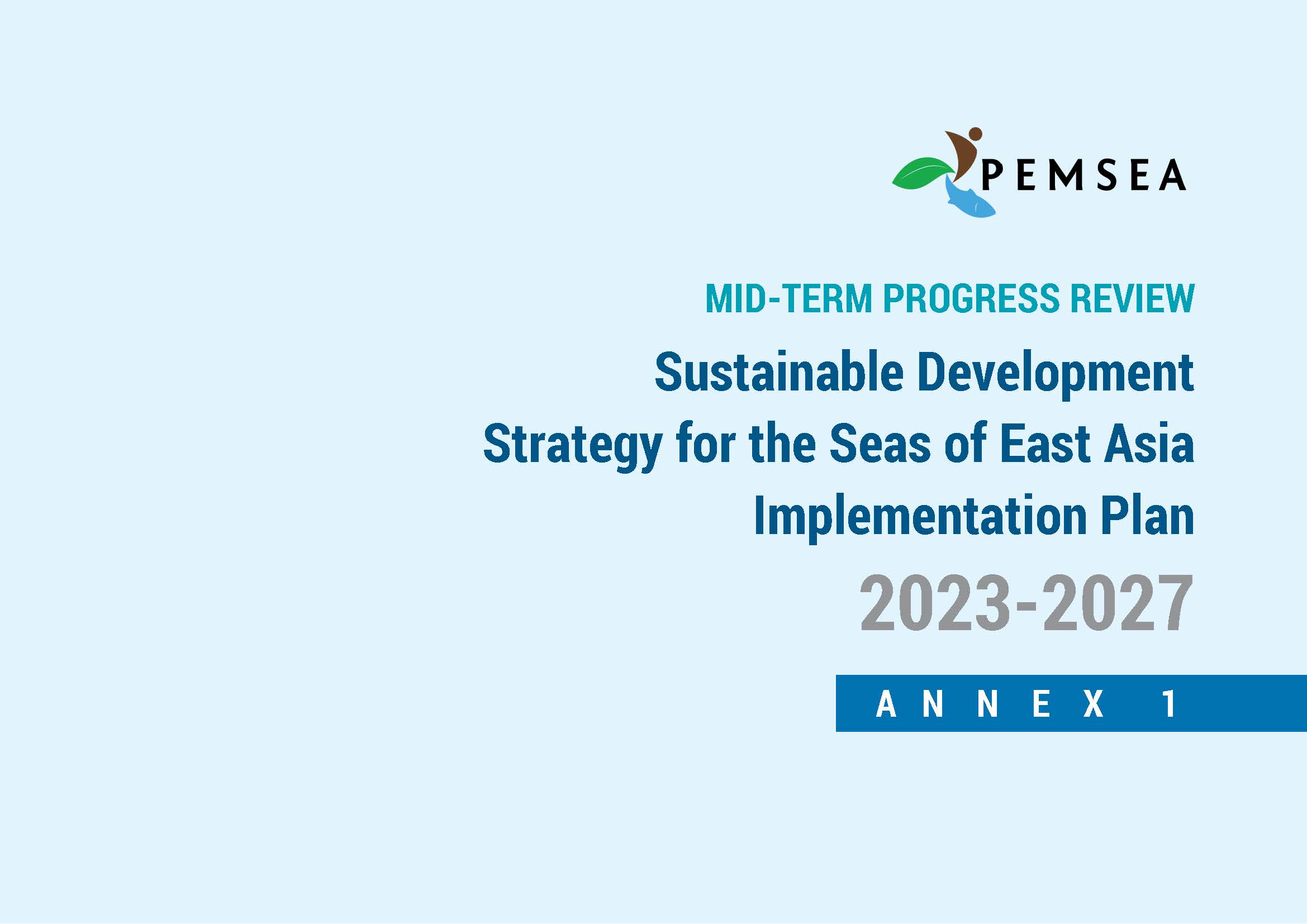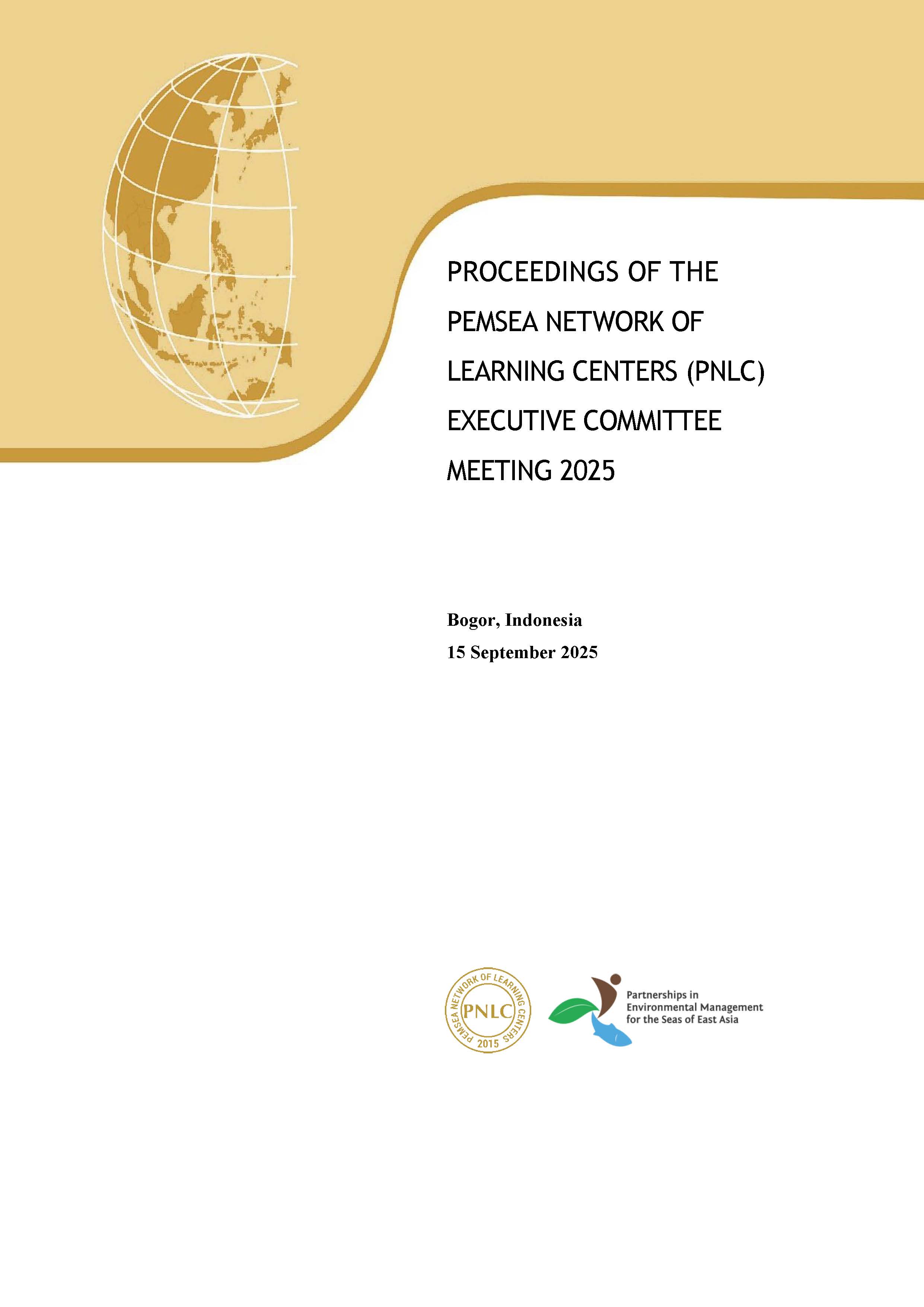
Breadcrumb
Managing Port and Shipping Waste Challenges and Best Practices
PUBLICATION DATE:
Friday, October 21, 2022
PUBLICATION TYPE:
Policy Briefs
STATUS:
Only Available Online
DESCRIPTION:
This paper seeks to provide a review of the development of port sustainability in concept and in practice, with a specific focus on waste management systems within ports. The handling and treatment of ship waste discharge has evolved over time, as shipping has changed and as the understanding of the human impact on the environment has increased.
The general trend among international regulations surrounding waste is to shift it away from disposal at sea and towards disposal on land. There is also a trend towards increasing the efficiency and potentially recyclability of waste, meaning actions such as waste segregation are becoming increasingly important.
Such trends mean greater need at ports for efficient and effective waste management systems, which must receive increasing levels of waste from ships, even as the global shipping industry continues to expand. Waste management has become a key role of ports, with such waste needing to be removed from ships through port just like goods and passengers.
Efficient waste management provides a good service for ports with positive economic, environmental, and reputational benefits. Those with the best capacity to deal with a particular ship’s waste is more likely to see that ship call there. Ports which can rapidly shift waste will have quicker ship turnaround, decreasing wasted ship time and increasing port throughput.
At the same time, as waste management may prove an economic burden, imposing sanitary and safety concerns as well as more direct disposal costs, for both ports and shipping, it needs to take place within a robust regulatory and monitoring framework. Ports and ships working to meet established standards are at a disadvantage if others are avoiding compliance. As a result, improved sustainability is best achieved through broader engagement in developing regulations and monitoring and enforcement mechanisms through transparent stakeholder consultation including port authorities, shipping representatives, local communities living near the ports, and local and national authorities.
Around the world, there are many innovative practices to improve waste operations. Increased digitization allows for earlier notification of incoming waste, better monitoring of waste flows, and easier sharing and analysis of data. Improved segregation on both ships and in ports allows for waste to be more efficiently, and more effectively, treated. Some waste may even undergo minimal treatment while on ships. New waste fee structures accommodating such changes and other considerations are needed to create appropriate incentive structures.
As with regulations, innovations can benefit from enhanced cooperation among stakeholders. Ports can engage with governments and the private sector to prompt attention to shipping-related innovation. Mixed funding schemes, such as public-private partnerships, provide more opportunities for ports to improve and futureproof their activities.
As understanding and research and innovative technologies around waste management continue to increase, national and international expectations are likely to change with changing knowledge. At the same time, shipping volumes will likely keep rising as the global economy expands.
As a hub of the global shipping network, the fate of the seas of East Asia is intertwined with the sustainability of global shipping. While this will be a challenge, it also provides an opportunity, for the ports around these seas to become global leaders in port sustainability innovation.
RELATED PUBLICATIONS
Status, Trends, and Transitions in Coastal and Ocean Governance and Ecosystems Amidst the Triple Planetary Crisis and Emerging Polycrisis
This comprehensive research report was developed to inform the updating of the Sustainable Development Strategy for the Seas of East Asia (SDS-SEA) Implementation Plan 2023-2030 by synthesizing recent global, regional, and national developments. It examines the interconnected threats of the triple planetary crisis - climate change, biodiversity loss, and pollution - as well as the broader polycrisis of economic and geopolitical instability affecting coastal and ocean governance, including in the East Asian Seas region. The report also assesses the status and trends of traditional and emerging blue economy sectors and outlines the importance of strengthened data and monitoring systems, research and development, policy alignment, and innovative financing as strategic priorities to support a resilient and sustainable ocean future. Ultimately, the report supports the development and refinement of future strategies, particularly the updating of the SDS-SEA Implementation Plan to 2030. Overall, the report highlights PEMSEA’s critical role as a regional integrator in East Asia, bridging local priorities with global commitments to address rapidly evolving challenges and emerging opportunities in coastal and ocean governance and development.
Mid-Term Progress Review of the PEMSEA SDS-SEA Implementation Plan 2023-2027
The Mid-Term Progress Review of the PEMSEA SDS-SEA Implementation Plan (IP) 2023-2027 is an evidence-based assessment covering 2023 to June 2025 that aims to evaluate implementation status, identify challenges, and inform the refinement of the plan toward 2030. The review covers key initiatives of PEMSEA Country and Non-Country Partners, networks, collaborators, and the PEMSEA Resource Facility (PRF), in line with the agreed targets of the SDS-SEA IP.Under Component 1 (Effective Governance), the review highlights the strengthening of PEMSEA’s regional mechanisms through increased voluntary contributions, delivery of various capacity-building initiatives, increasing alignment of PEMSEA Country Partners’ policies and programs with global sustainable and ocean-related commitments, and the increasing project portfolio under PRF management. Progress for Component 2 (Healthy Ocean) is characterized by the expansion of Integrated Coastal Management (ICM) along with other area-based integrated management approaches, the support of PRF-managed projects in biodiversity conservation, fisheries management, land-based and sea-based pollution reduction, waste management, and efforts related to disaster risk reduction and climate change adaptation including the launch of the PEMSEA Blue Carbon Program. Regarding Component 3 (Healthy People), the review emphasizes inclusive stakeholder engagement through the new GESI Action Plan and the success of localized sustainable livelihood programs through PRF-managed projects that have improved community resilience. Finally, for Component 4 (Healthy Economies), the review notes the increasing integration of blue economy principles into national strategies and the adoption of the 2024 Xiamen Declaration, which helps facilitate synergistic actions and sustainable blue financing and public-private partnerships.
Sustainable Development Strategy for the Seas of East Asia (SDS-SEA) Implementation Plan 2023-2030
The Sustainable Development Strategy for the Seas of East Asia (SDS-SEA) Updated Implementation Plan 2023-2030 was established to extend the previous plan's timeframe to 2030, ensuring the continued relevance, effectiveness, and long-term sustainability of PEMSEA’s initiatives while enhancing organizational effectiveness, financial sustainability, and operational efficiency. The updating process was driven by several supporting efforts, including the mid-term progress review of the SDS-SEA IP 2023-2027, a review of status and trends in coastal and ocean governance, results from PEMSEA’s Organizational Capacity Assessment (OCA), and consultations with PEMSEA Country and Non-Country Partners. To bolster results-based management, the plan introduces a Strategy Map and Balanced Scorecard (BSC) as high-level tools for leadership to provide overall strategic direction across four key perspectives: Stakeholder Engagement, Programs and Processes, Learning and Growth, and Financial Sustainability. These high-level tools are supported by a detailed Strategic Results Framework (SRF), which guides operational implementation and performance tracking, with results from the SRF feeding upward to systematically inform the BSC and Strategy Map. Overall, the updated plan is focused on seven Strategic Objectives that are periodically monitored via a two-tiered system with support from various partners and networks, ensuring the plan remains fit for purpose and serves as a guide for adaptive management.
Annex 1 of the Mid-Term Progress Review of the PEMSEA SDS-SEA Implementation Plan 2023-2027
The Annex 1 of the Mid-Term Progress Review of the PEMSEA SDS-SEA Implementation Plan (IP) 2023-2027 is the detailed progress report on each target outcomes from 2023 to 2025 and the remaining target actions and outcomes leading to 2030.
PEMSEA NETWORK OF LEARNING CENTERS (PNLC) 2025 Executive Committee Meeting Proceedings
The 2025 PNLC Executive Committee (PNLC EC) Meeting was organized by PNLC Secretariat on 15 September 2025 in Bogor, Indonesia. It was participated by Prof. Yonvitner of the Center for Coastal and Marine Resources Studies of the IPB University (CCMRS-IPB) and President of the PNLC, Dr. Fang Qinhua, Deputy Director of the Coastal and Ocean Management Institute of Xiamen University (COMI-XU) and Vice-President of the PNLC, and Ms. Aimee T. Gonzales, PEMSEA Resource Facility (PRF) Executive Director as members of the PNLC Executive Committee. Ms. Isdahartatie PNLC secretariat Coordinator/ CCMRS-IPB University, Ms. Nancy Bermas from PRF, Francesca Cortez (PRF Secretariat Assistant) and Lusita Meilana, PNLC Secretariat staff. The meeting was chaired by Prof. Yonvitner. Ms. Isdahartati served as the Secretariat of the meeting.
The following supporting documents are annexed to these proceedings:
- Annex 1: Meeting Agenda / Program
- Annex 2: Links to the meeting documents, presentation and photos
- Annex 3: List of participants
